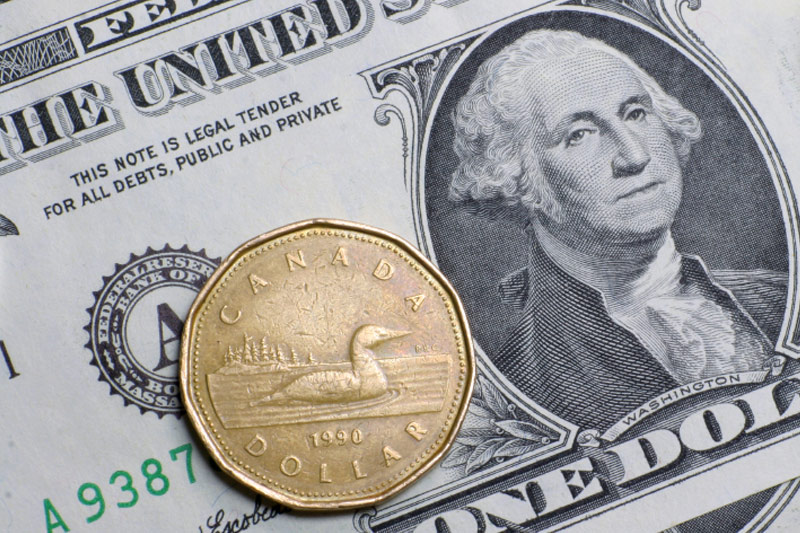Investing.com’s stocks of the week
Investing.com - The U.S. dollar was trading at four-and-a-half year highs against the Canadian dollar on Thursday after data showed that the U.S. economy expanded 3.2% in the fourth quarter, one day after the Federal Reserve reduced bond purchases to $65 billion a month.
USD/CAD hit 1.1199, the highest level since July 2009 and was last down 0.04% to 1.1162.
The pair was likely to find support at 1.1101, Wednesday’s low and resistance at 1.1350.
The Commerce Department said gross domestic product expanded 3.2% in the three months to December, in line with forecasts, compared to a 4.1% rise in the third quarter.
Consumer spending rose by 3.3%, the strongest since the fourth quarter of 2010 while exports grew by 11.4%.
A separate report showed that weekly jobless claims rose more than forecast.
The Labor Department said the number of people who filed for unemployment assistance in the U.S. last week rose by 19,000 to 348,000 from the previous week’s revised total of 329,000.
Unease over emerging markets continued to underpin safe haven demand, amid concerns over the impact of cuts in Fed stimulus and worries over a possible slowdown in China.
Emerging economies such as Turkey and South Africa rely heavily on foreign investor flows to fund their current account shortfalls, making them particularly vulnerable to a reduction in global liquidity as the Fed scales back stimulus.
Elsewhere, the loonie, as the Canadian dollar is also known, was higher against the euro, with EUR/CAD down 0.72% to 1.5147.
The euro came under pressure after data released on Thursday showed that the annual rate of inflation in Germany slowed to 1.3% in January from 1.4% in December, compared to expectations for an uptick to 1.5%. The data fuelled concerns over the risk of deflation in the euro area.
German inflation fell 0.6% in January from a month earlier. Market expectations were for a decline of 0.4%.
